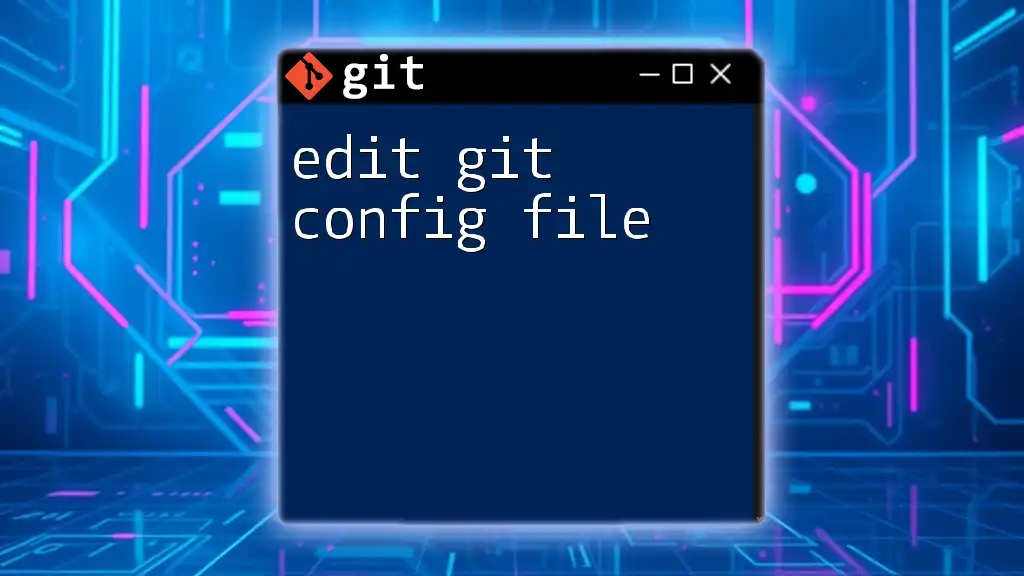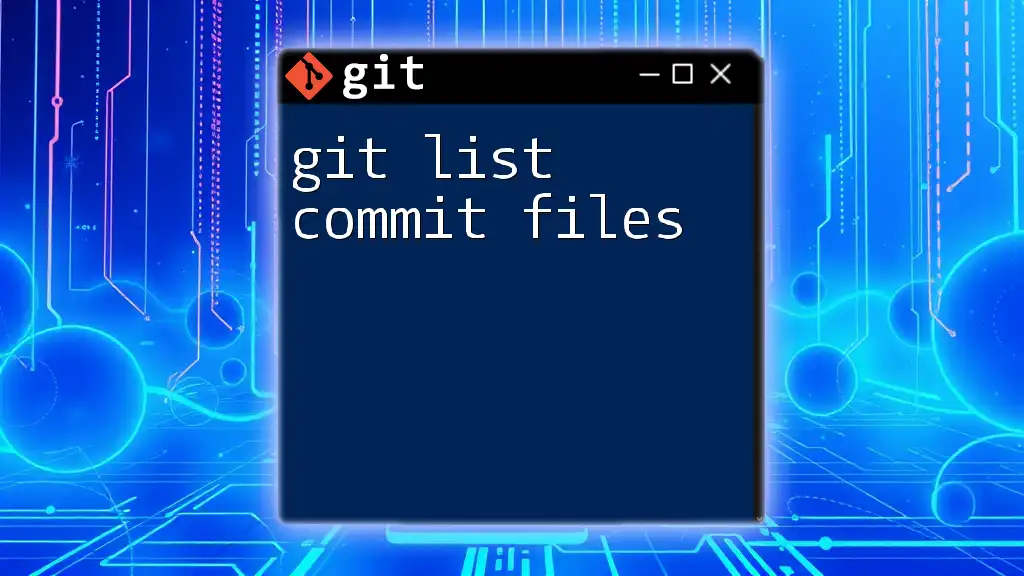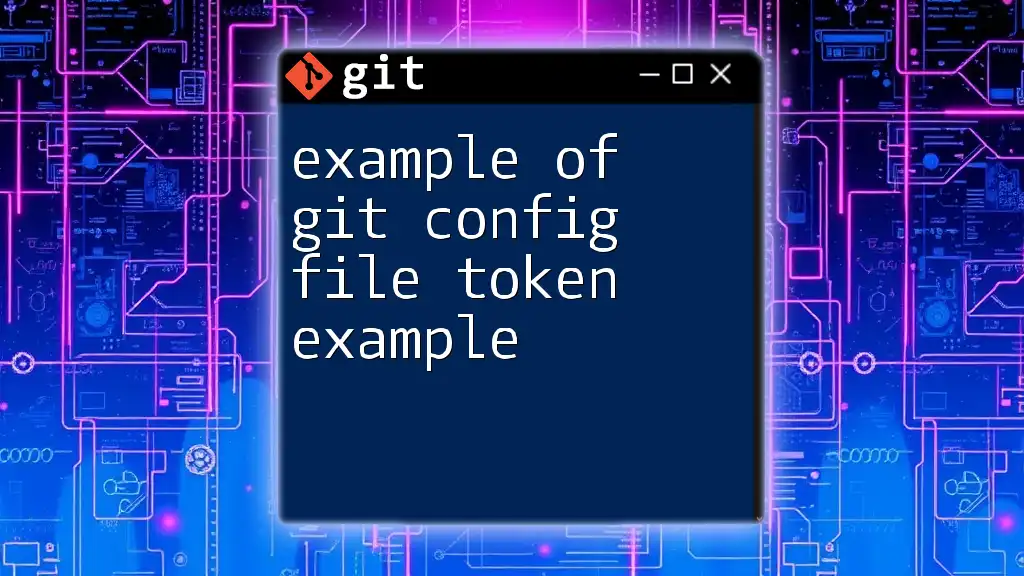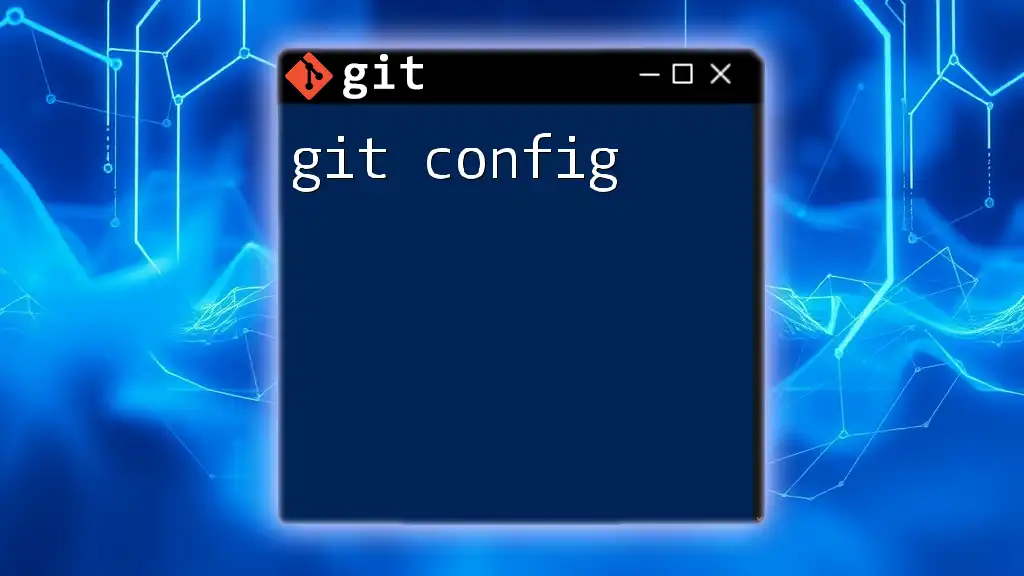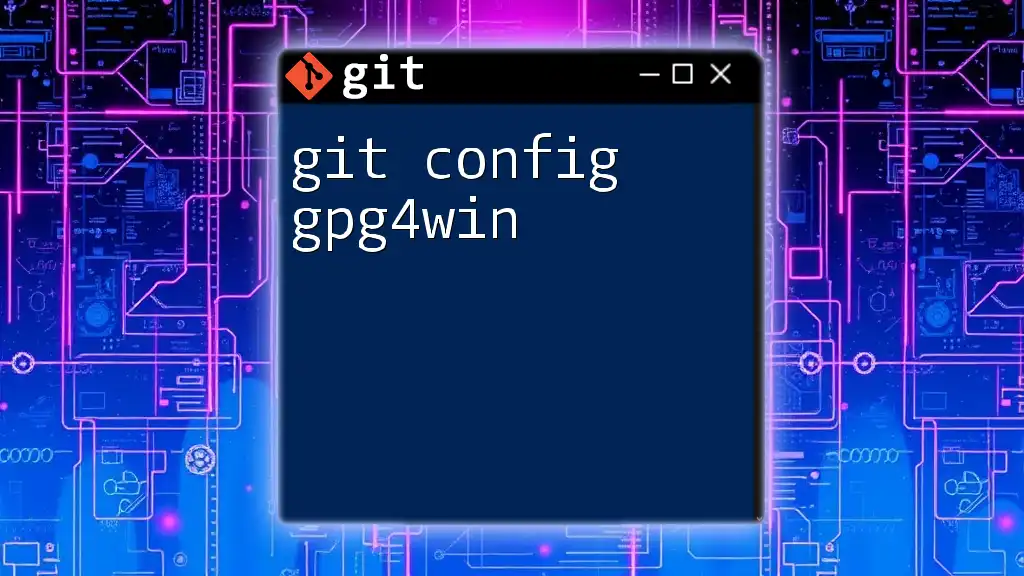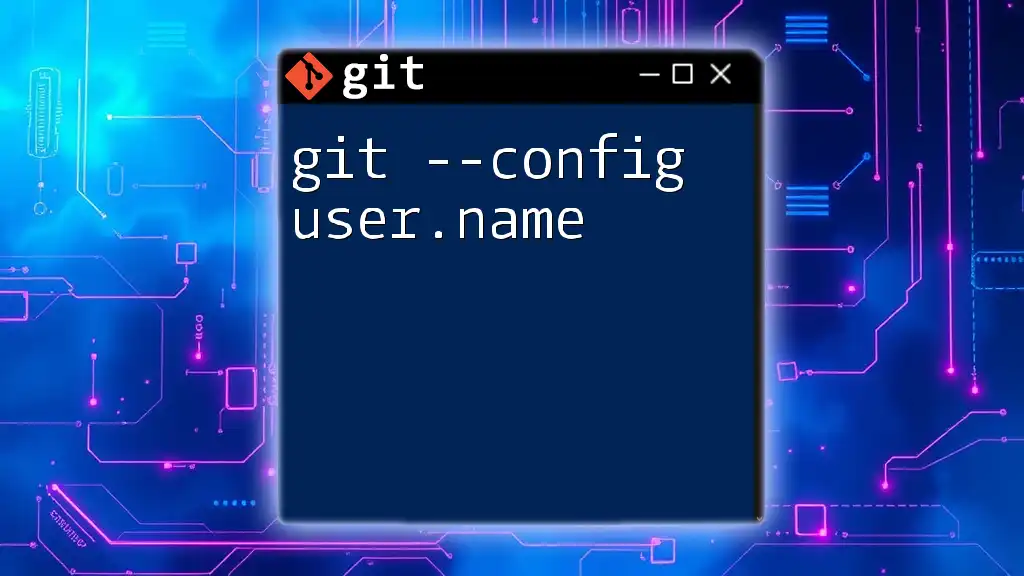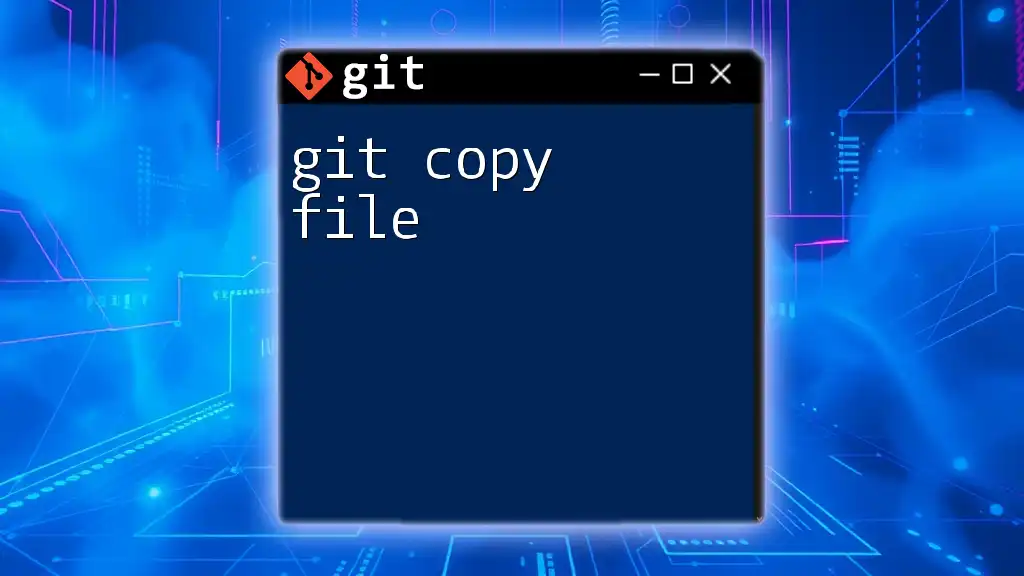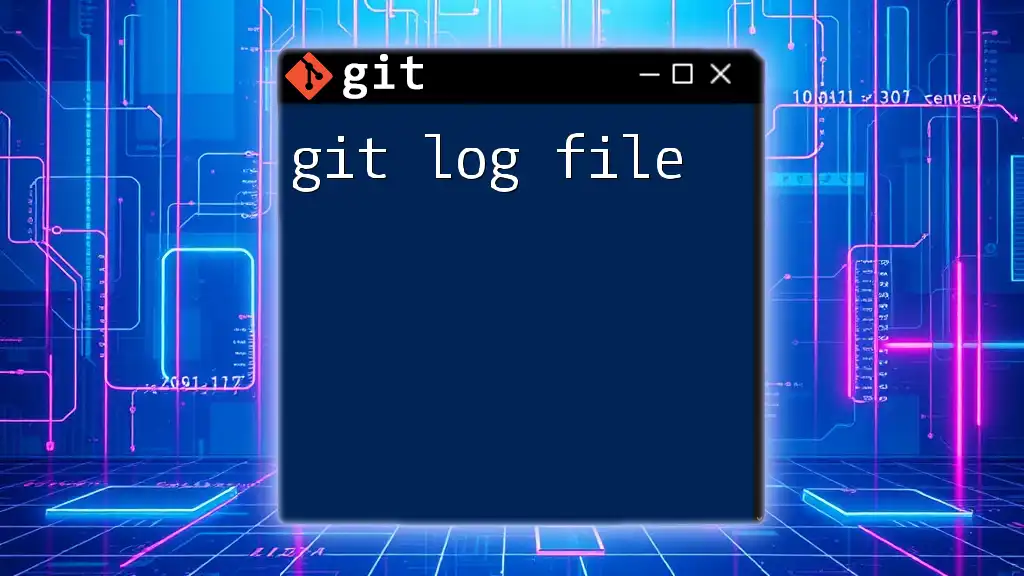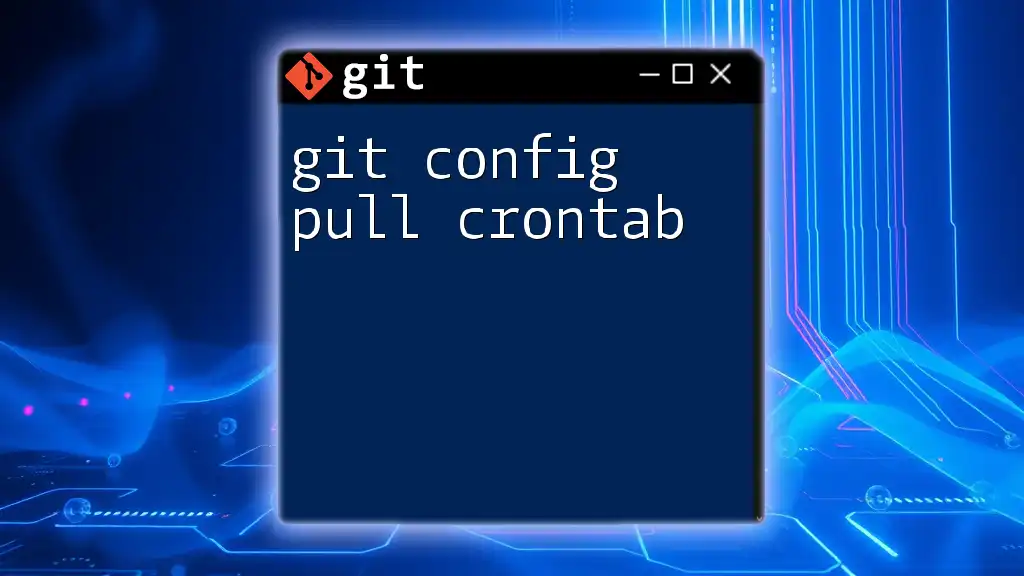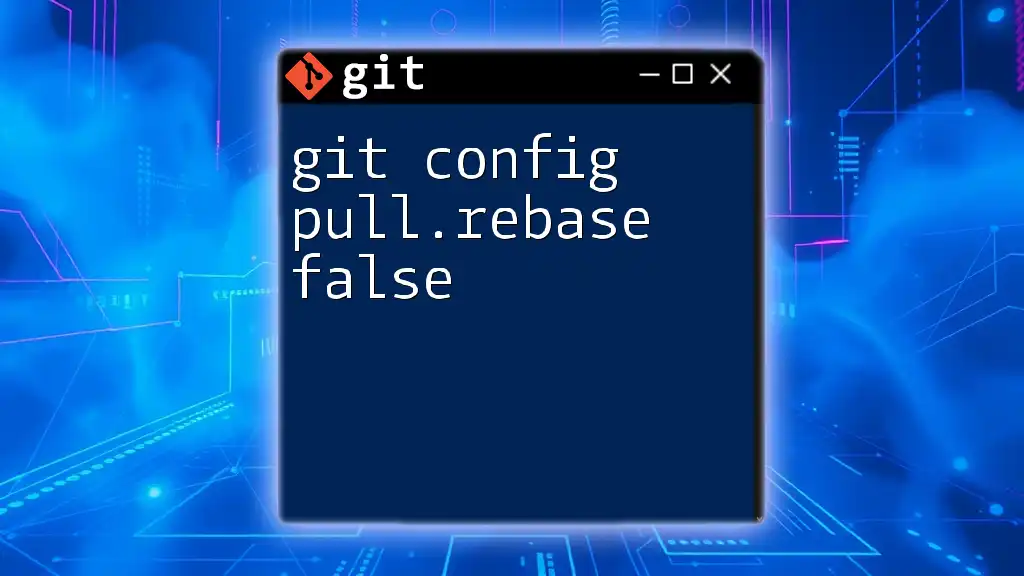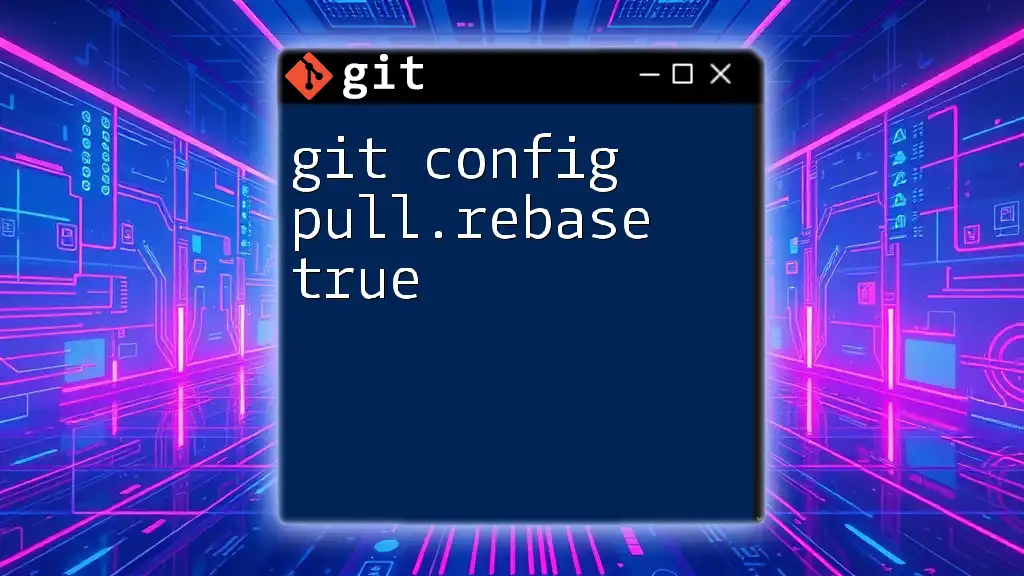To edit the Git configuration file, you can use the command `git config --global -e`, which opens the global Git configuration in your default text editor for quick edits.
git config --global -e
What is the Git Config File?
The Git config file is a vital component of the Git version control system, serving as a storage container for various settings that dictate how Git behaves. This file allows users to customize their Git experience according to individual preferences and workflow needs.
Types of Config Files
Git utilizes three types of configuration files, each serving a specific scope of settings:
-
Local Config: This file is repository-specific and is found in the `.git/config` directory of a Git repository. It allows configuration options to apply solely to that repository without affecting others.
-
Global Config: Stored in the user’s home directory as `~/.gitconfig`, this file applies settings across all repositories maintained by the user on that system. It’s ideal for settings that a user prefers universally, such as user information.
-
System Config: Located at `/etc/gitconfig` on Unix-based systems, this configuration applies system-wide to all users and repositories on that machine.
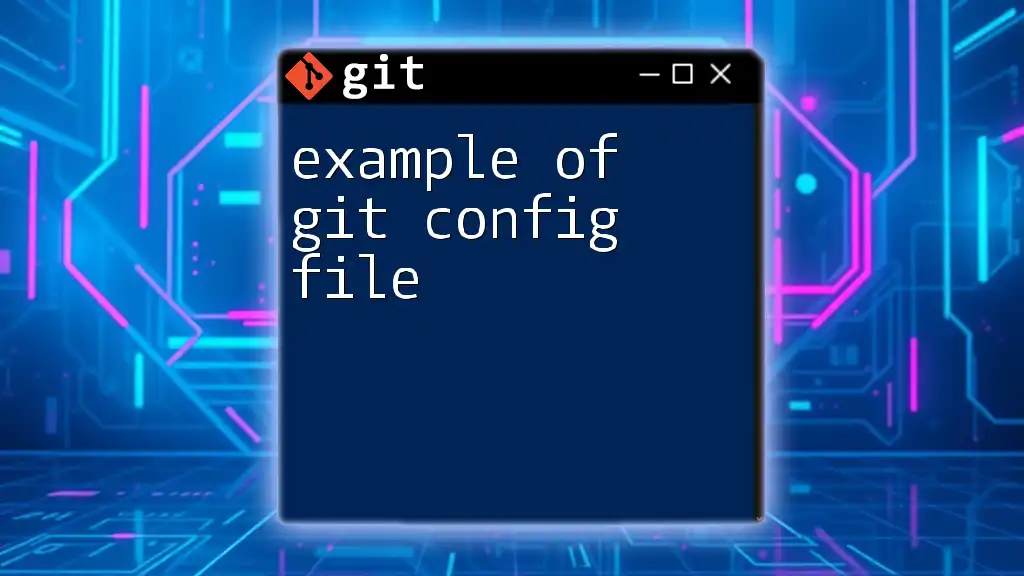
Why Edit the Git Config File?
Editing the Git config file enables users to customize Git's behavior to better fit their needs. This personalization enhances the efficiency and usability of Git. Common settings you might consider adjusting include:
- User Information: Setting your name and email is fundamental for tracking changes and commits accurately.
- Editor Preferences: Specifying a default text editor can make editing commit messages more convenient.
- Line Ending Settings: Correctly configuring line endings ensures compatibility between different operating systems.
- Color Settings: Enabling color output for Git commands enhances readability and improves user experience in terminal interfaces.
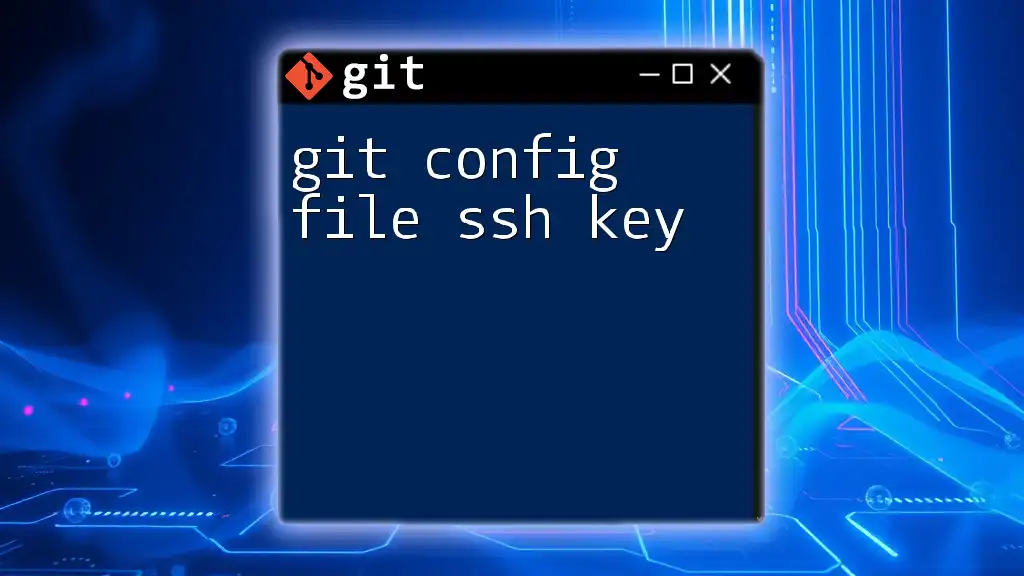
Accessing the Git Config File
Viewing Configurations
Before making changes, it’s helpful to see the current configurations. You can do this with the following commands:
git config --list
To view only the global configurations:
git config --global --list
Opening the Git Config File
Editing can be done directly through the command line or within a text editor. Here are commands to open respective configuration files:
-
To edit the global config:
nano ~/.gitconfigor
vim ~/.gitconfig -
To edit the local config (ensure you're in a Git repository):
nano .git/config -
To edit the system config (requires superuser permissions):
sudo nano /etc/gitconfig
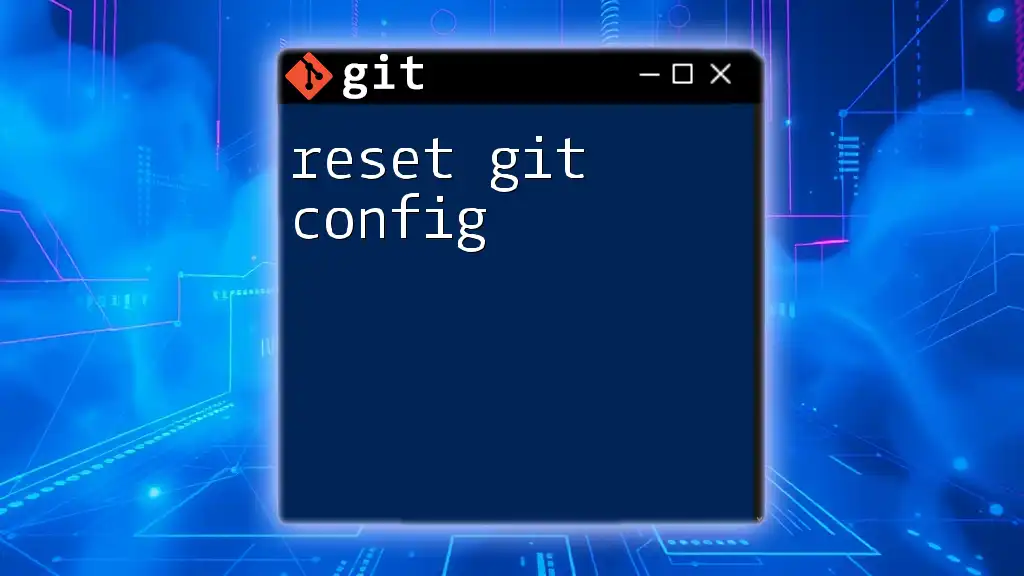
How to Edit the Git Config File
Basic Syntax of Git Configurations
Config entries follow a simple structure:
[section]
key = value
This straightforward syntax allows for easy modifications.
Modifying User Information
One of the first settings to change should be your name and email, as this information is used in every commit. Use the following commands:
git config --global user.name "Your Name"
git config --global user.email "your.email@example.com"
To verify these changes, run:
git config --global user.name
git config --global user.email
Setting the Default Text Editor
To make committing more efficient, it’s essential to specify a default text editor. For example, to set Nano as the default editor:
git config --global core.editor "nano"
Configuring Line Endings
Different operating systems handle line endings differently. To maintain consistency, configure line endings accordingly:
For Windows users, set:
git config --global core.autocrlf true
For macOS or Linux users, use:
git config --global core.autocrlf input
Enabling Color Output
Making command outputs more visually identifiable is another useful setup. To activate color in Git outputs:
git config --global color.ui auto
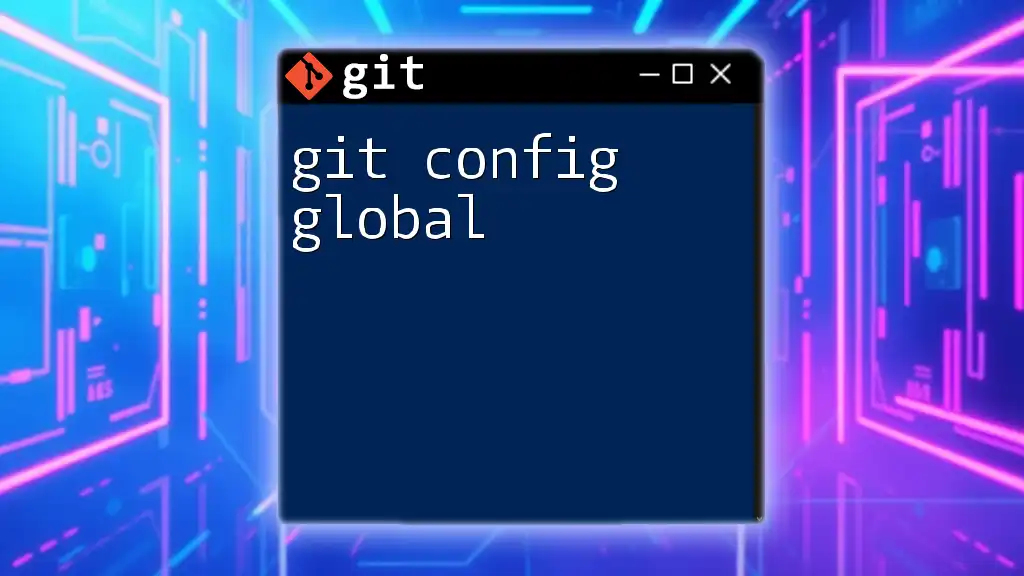
Advanced Configurations
Alias Command Setup
To streamline your workflow, you can create shortcuts for frequently used commands. For instance, if you often use the checkout command, you can set it up as an alias:
git config --global alias.co checkout
git config --global alias.br branch
Credential Caching
To enhance security and streamline access, consider enabling credential caching. This practice stores your credentials temporarily to avoid entering them repeatedly:
git config --global credential.helper cache
Customizing Diff and Merge Tools
If you prefer specific tools for diffing and merging, you can set them as your default tools. For example, to set Meld as your diff and merge tool:
git config --global diff.tool meld
git config --global merge.tool meld
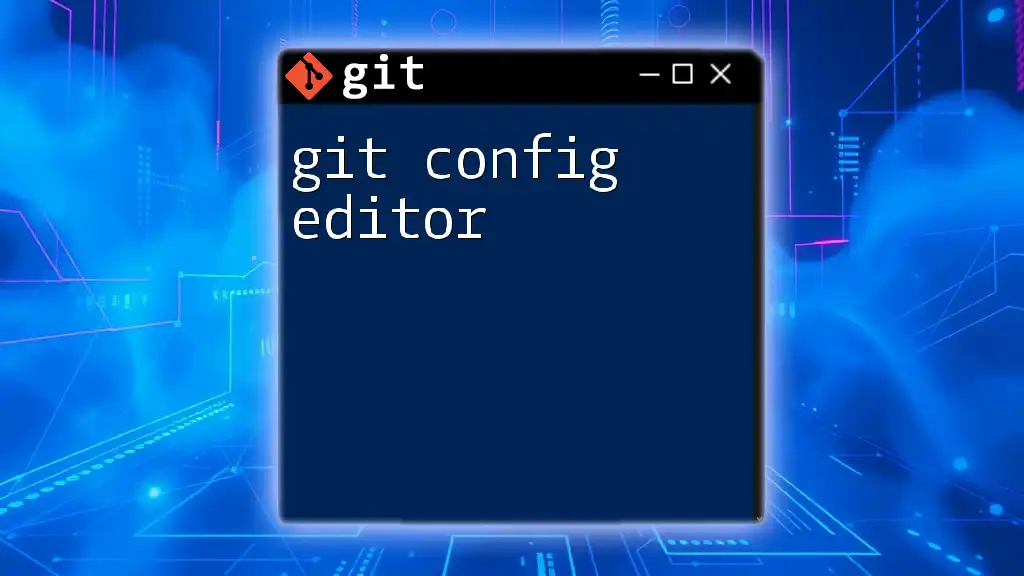
Finding Configuration Files and Their Precedence
Understanding where to find Git configuration files and how they work together is crucial:
- Local configurations take precedence over global configurations, which in turn take precedence over system configurations. This hierarchy ensures that settings are applied at the most relevant scope.
Where to Locate Config Files on Your System
- The local config is located at `.git/config` in each repository.
- The global config can be found at `~/.gitconfig` in the user’s home directory.
- The system config is generally placed at `/etc/gitconfig`, affecting all users and repositories.
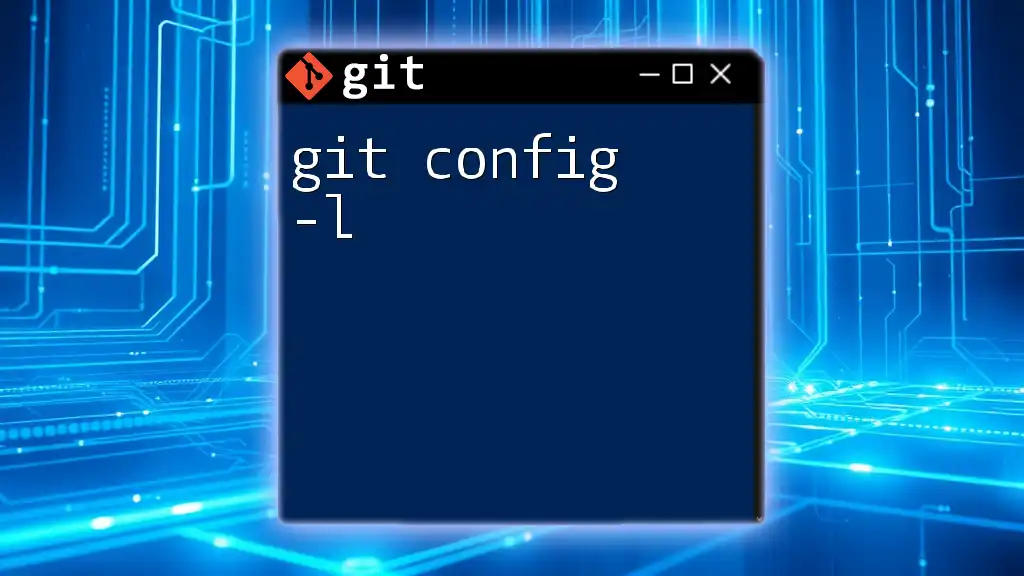
Common Issues and Troubleshooting
Problems with Configurations
Sometimes, users may encounter errors or unexpected behaviors. Common mistakes include:
- Typos in configuration commands.
- Conflicts in setting precedence across local and global configurations.
How to Reset Configurations
If you need to undo a configuration change, use the following commands to unset particular entries:
git config --global --unset user.email
git config --global --unset user.name

Conclusion
Editing the Git config file is a powerful way to tailor Git to your specific needs. Understanding how to access, modify, and utilize this file can dramatically enhance your Git experience. By taking the time to explore various configurations, you can significantly improve your workflow, ensure consistency, and optimize collaboration. Feel free to share your own tips and configurations in the comments!

